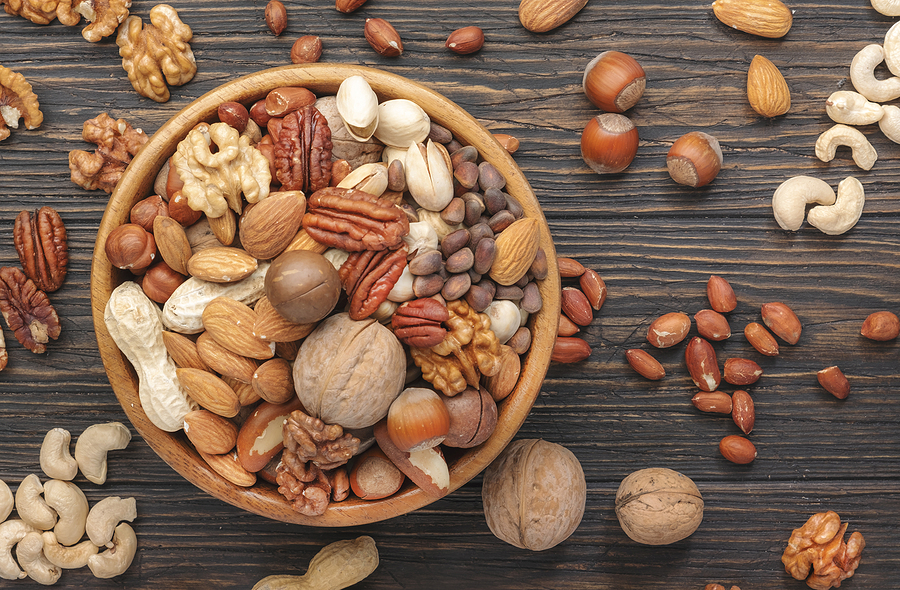As with any healthy diet, balance is the key. As such, a well-balanced diet includes nutrition from a variety of food groups such as fruits and vegetables, nuts and beans, grains, dairy, and meat.
Meats are a valuable source of protein, omega-3 fatty acids, and other essential vitamins and minerals such as B12, zinc, and iron. However, some meats could also be a source of saturated fats. With just a few simple tips in mind, you can still savor your favorite meats without the unhealthy fat content. After all, we all want the best for ourselves and our family, don’t we?
Opt For Grass-Fed Meats
Table of Contents
The amount of nutritional benefit you can gain from meat depends upon the way animals have been raised. Meat derived from animals that have been grass-fed and not provided with feed made from grain generally has higher levels of essential fatty acids and protein content. Just as the name implies, grass-fed animals are mainly fed grass and other greens during their lives as part of their diet.
Organic meats and poultry are better sources of proteins and contain a higher proportion of omega-3 fatty acids, antioxidants, and vitamins. These nutrients in organic meats are associated with several health benefits like improved immunity and reduced inflammation. Also, one must consider the ethical aspect when choosing to buy meat. While grass-fed livestock may also be fed grains to supplement their diet, they graze freely on natural pastures, thus spend a healthier and happier life.
In contrast, grain-fed animals consume an unnatural diet made from corn or soy. Few months after being born, animals are moved to large feedlots and kept in confined spaces where they are fed grained-based feeds and administered antibiotics and other hormones to maximize their growth. Consequently, grass-fed meat is considered by many as a healthier option in comparison to grain-fed due to a higher amount of essential nutrients and lower fat content.
Therefore while at the grocery store, look for anything labeled “100% grass-fed”. Regulated by the United States Department of Agriculture (USDA), you can rest assured that you are choosing meat not only better for you but also for animals and the environment.
Go for Lean Cuts
Regular consumption of meats rich in fat, such as red meat, has been linked with an increase in the risk of developing health conditions such as cardiovascular disease, diabetes, and certain forms of cancer. As such, there is an overwhelming consensus amongst dieticians that replacing higher fat portions with lean alternatives is an excellent choice you could make for your health.
While more fat usually has more flavor, opting for organic or lean cuts of meat does not mean you have to sacrifice taste for nutrition, as you could still prepare a variety of flavorful treats. Be sure to check out Cleavers grass-fed organic lamb cutlets recipe, and when choosing beef, look for anything that has ground chuck, or loin on its label. Be it top round, top sirloin, chuck shoulder steak, or eye round steak, lean meat yields all the nutritional benefits while excluding the unhealthy fats and cholesterol content.
Choose Fresh Over Processed
Processed meats include anything modified by being cured, salted, smoked, or canned. These could be deli meats, ham, bacon, corned beef, or sausages. The fact is that processed meats contain harmful chemical preservatives that are otherwise not found in fresh meat. Processed meats contain high levels of sodium and saturated fats. Many studies have associated the consumption of processed meats with various chronic diseases such as high blood pressure, obesity, and a higher risk of colon cancer.
Cut Down on the Fat
While meat is ok to consume in moderation, it is also essential to slice off any visible layers of fat or skin before cooking it. By trimming down the excess fats, you may still enjoy the taste and flavor of your favorite meats without the unwanted cholesterol and fat content.
Besides, make it a thing to read the labels on the packaging before buying the meat. Anything labeled as “Prime” contains high amounts of fat due to marbling and is best to avoid. Instead, look for meats labeled as “Choice” or “Select” as these are the leanest types of meats you can choose, and thus the healthiest.
A well-balanced diet includes a mix of protein foods derived from both plant and animal sources. While eating meat is not an essential dietary requirement, incorporating moderate amounts of healthy meats into your daily diet is a good idea due to their high biological value.
Image Source: BigStockPhoto.com (Licensed)
Related Categories: Food, Health, Reviews








